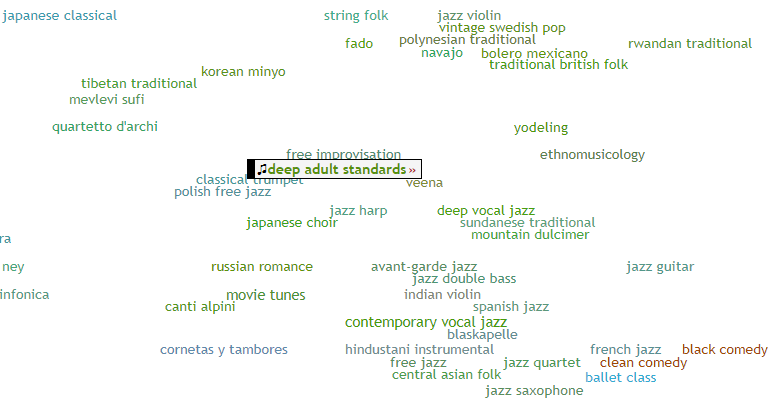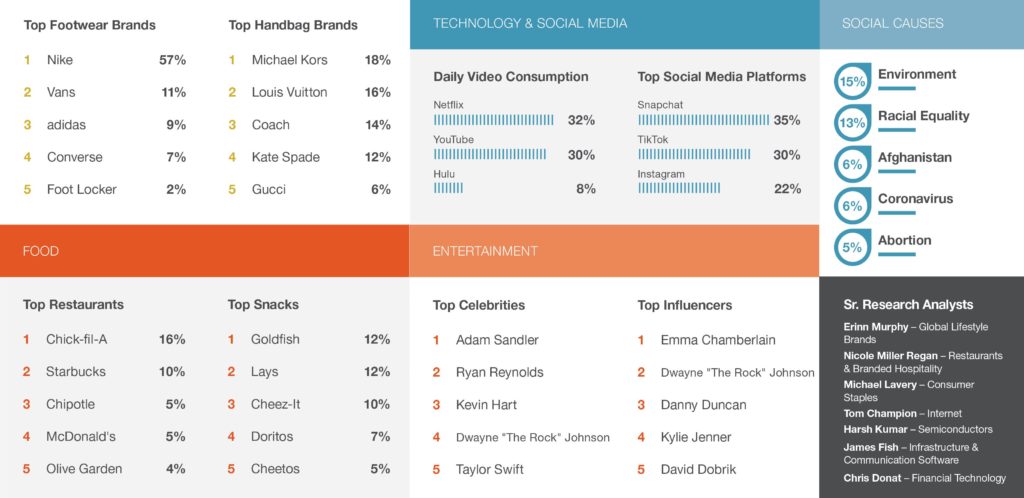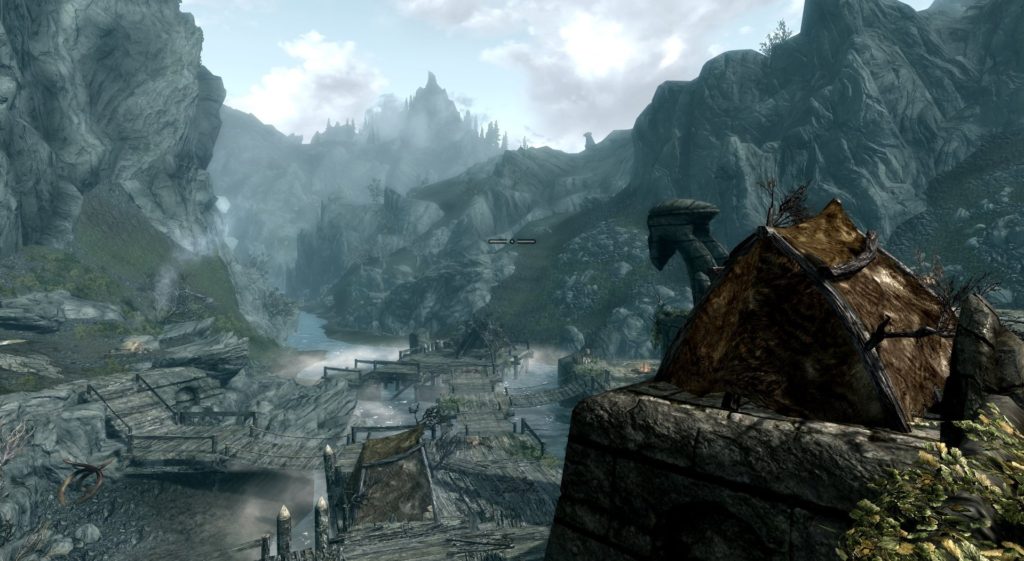The Spotification of genre
I ran into this article by Cherie Hu about how Spotify assigns genre labels to its catalog. That is, algorithmically. It is 2023, after all.
Genre labels like “Escape Room” and “Vapor Twitch,” but also “Indie Pop” and “Hip Hop” — the neologized and the widely accepted — don’t come from a set of shared musical qualities. At least, not initially, and not directly. Spotify tracks the listening habits of its 456 million active users, and it defines genre based on the patterns that emerge. In Hu’s words, “membership in the Escape Room [or any Spotify genre] would be impossible if Spotify were using a purely musical algorithm.”
A poem that I think about maybe once a week is Wordsworth’s “The Solitary Reaper.” In it, the speaker is passing through the Scottish Highlands when he hears a woman singing in a language he doesn’t understand.
Will no one tell me what she sings?—
Perhaps the plaintive numbers flow
For old, unhappy, far-off things,
And battles long ago…
Not to put too fine a point on it, but Wordsworth didn’t have Shazam. Under those circumstances, he’d have never heard the song again. Even up through the 20th century, you listened to a vinyl like you read a magazine, and from a physical (and potentially destructible) collection no less.
I guess the point I’m trying to make is that streaming is probably the greatest creative revolution of all time. Not only that, but streaming platforms have the power to fundamentally reshape how we interact with art. We tell Spotify what we like, and it uses that information to make sense of the infinitely diverse creative impulses of musicians. The platform returns with a raft of brand-new genres that correlate strongly with our interests. Once, people had scarce, random access to data. Now, there is more data available than we could ever interpret on our own. We only get to see what we are shown.
We adapt ourselves to the “peculiar demands of machines,” to borrow language from Don Norman. This isn’t a bad thing, in my opinion. It’s not a good thing, either. For what it’s worth, the genre labels are still determined by people with immense, intangible knowledge of music. (Or at least they were as of 2016, when Cherie Hu’s article was published.) Algorithms excel at describing what many people are doing, but people still have a monopoly on good taste. Plus, they’re more fun to talk to when you find something you love.




